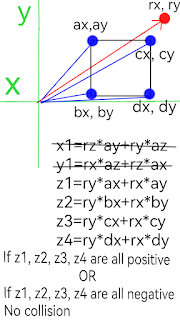G A M E S

Just going to mention some of my favourite and inspiring games. Besides board games like Monopoly and Payday, the first games I enjoyed were Choose your own adventure books. A simple memory game, but an enjoyable way to get kids to read books. A friend at school during the choose your own adventure craze, brought an interesting more advanced book based game to school. Be an interplanetary spy. This was a different choose your own adventure. Instead of simple choices the player completed puzzles to move to a new page in the story. Here is a sample page showing some puzzles that advanced the story. The next story book evolution was my favourite. Fighting Fantasy by Steve Jackson games. It was a LITE version of Role-playing games that did not require a Game Master. The book included a game sheet. My father was a Tattooist so I used his photocopier to create as many game sheets as I needed. I eventually made my own stories and my game sheets also had a picture of a person ...

